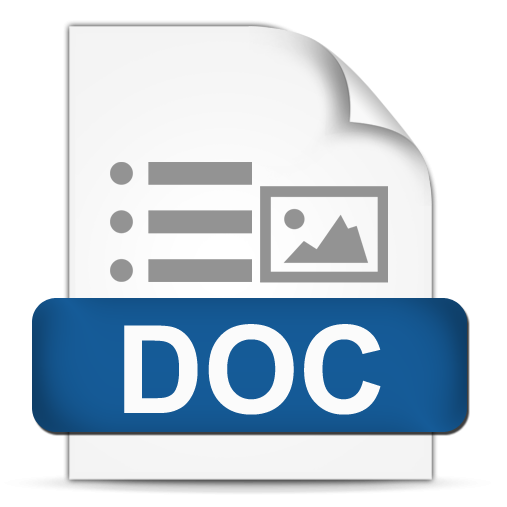RANCANG BANGUN PROTOTYPE SMART HOME DENGAN KONSEP INTERNET OF THINGS (IOT) MENGGUNAKAN RASPBERRY PI BERBASIS WEB
DOI:
https://doi.org/10.26623/elektrika.v11i2.1691Keywords:
Smart Home, Raspberry Pi, Internet of Things, Aplikasi WebAbstract
High economic growth makes the demand for comfortable and safe houses increase and the application of technology that is most clearly seen is technology with automatic systems. With this technology, the use of electricity in the house can be minimized and offer convenience in controlling the house. Sometimes homeowners forget to turn off the lights when they are outside the house so they have to go back and do checks that are very inefficient both in terms of time and financially such as the cost of gasoline to return to the house. Based on this, the Smart Home Prototype was created with the concept of the Internet of Things (IoT) using Raspberry Pi Web-Based, which is a system that can remotely control electronic home appliances using Raspberry Pi as a base system, which is connected to Web Applications through the internet network. The electronic equipment used in this study is in the form of 5 lamps, 1 stepper motor to control the garage, 1 servo motor to control the door lock, and 1 brushless motor that functions as a fan. Blocking and overall test results on Bedroom Lights, Living Room Lights, Kitchen Lights, Bathroom Lights, Porch Lights, Garages, Door Locks, and Fans, all work well. The testing of the distance between cities against the Prototype Smart Home was successfully carried out, where the Prototype Smart Home in the City of Demak was successfully controlled by the User who at the time of testing was in the City of Semarang, Kudus, Japan, Surabaya, and Jakarta.Downloads
References
Christoper Sidabutar, Bob. 2016. Sistem Pengontrol Lampu Rumah Berbasis Raspberry Pi. Universitas Widyatama.
Erwinnanto, Yohan. 2016. Rancang Bangun Smart Home Automatic Control dengan Komunikasi Melalui Bluetooth HC-05 Berbasis Mikrokontroler Arduino dan Android. Universitas Semarang.
Yudhanto, Yudha. 2007. Apa itu IOT (Internet Of Things). Universitas Sebelas Maret.
Kadir, Abdul. 2016. Dasar Raspberry Pi - Panduan Praktis Untuk Mempelajari Pemrograman Perangkat Keras Menggunakan Raspberry Pi Model B. Yogyakarta: Penerbit Andi.
R.P. Foundation, Raspberry Pi , Raspberry Pi Foundation (online). (https://www.raspberrypi.org/help/faqs/ diakses 12 Maret 2018).
Miono. 2013. Perancangan Sistem Informasi dan Aplikasi Pengelolaan Barang Kios F-Three Dengan Teknologi Berbasis Web XAMPP. Universitas Sebelas Maret.
Saputro, Hendra W. 2007. Pengertian Website dan Unsur-unsurnya (online). (https://balebengong.id/teknologi/pengertianwebsite-dan-unsur-unsurnya. html diakses 12 Maret 2018).
Julianto, Daniel. 2017. Media Pembelajaran Trainer Motor DC, Brushless, Servo, dan Stepper Dengan Kendali Mikrokontroler Arduino Uno Pada Mata Pelajaran Teknik Mikroprosesor Di SMK Negeri 2 Depok Yogyakarta. Universitas Negeri Yogyakarta.
Nanda Prakasa, Guntur. 2017. Prototipe Kunci Pintu Menggunakan Motor Stepper Berbasis Arduino Mega 2560 Dengan Perintah Suara Pada Android. Universitas Lampung.
Pujiono, Aris. 2014. Pemasangan Motor DC Pada Sekuter Dengan Pengendali Pulse Width Modulation. Universitas Muhammadiyah Surakarta.
Downloads
Published
Issue
Section
License
Authors who publish this journal agree to the following terms:
The author owns the copyright and grants the journal the first publication rights with the work simultaneously licensed under the Creative Commons Attribution 4.0 International License which allows others to share the work with recognition of the authorship of the work and initial publication in the journal.
Authors may enter into separate additional contractual agreements for non-exclusive distribution of the published journal version of the work (e.g., posting it to an institutional repository or publishing it in a book), in recognition of its initial publication in this journal.
Authors are allowed and encouraged to post their work online (e.g., in institutional repositories or on their websites) before and during the submission process, as it can lead to productive exchanges, as well as earlier and larger citations of published works (See The Effects of Open Access).

This work is licensed under the Creative Commons Attribution 4.0 International License.










